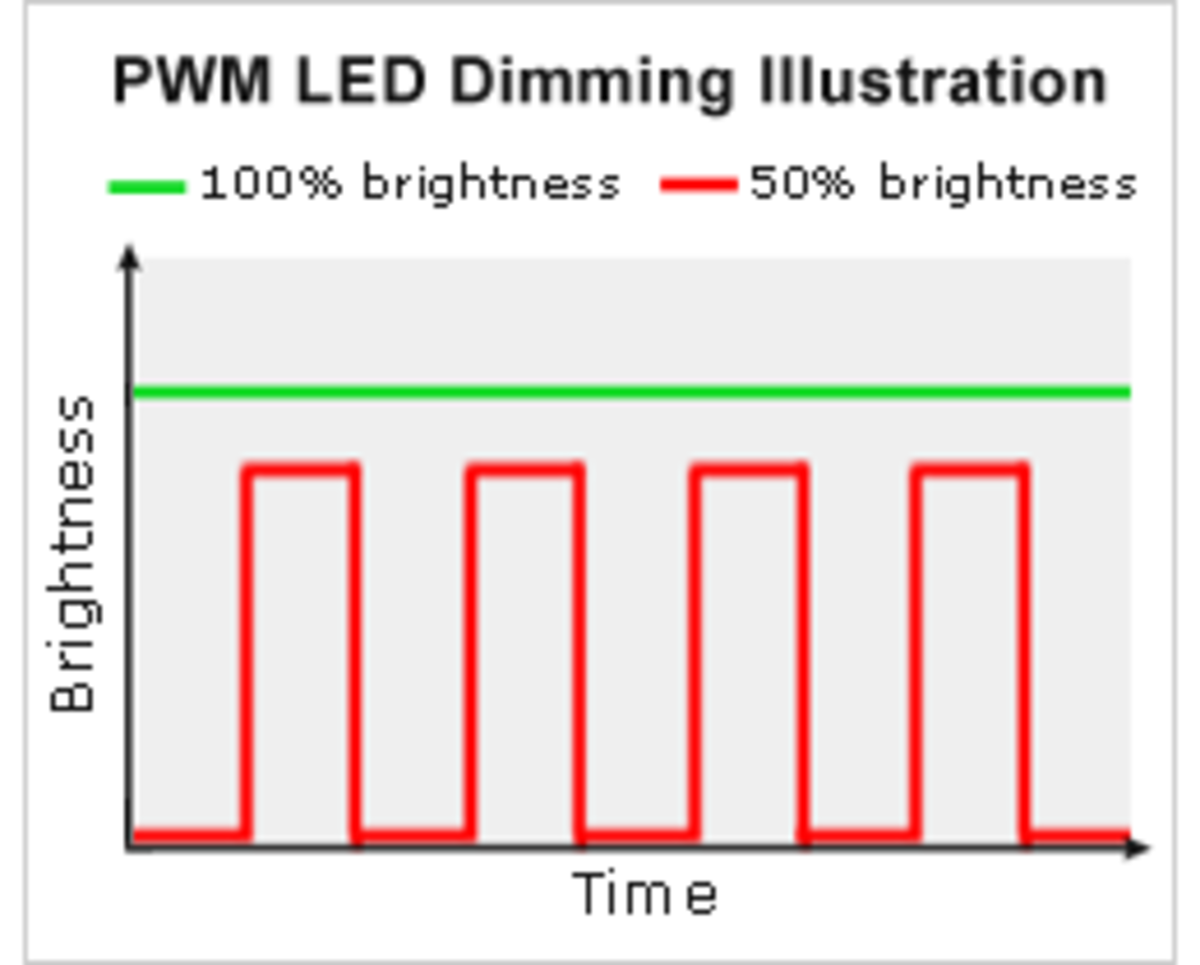The Imperfection of Perfection: A Tale of Artificial Intelligence

Computer scientists and researchers have long salivated over the idea of a truly ideal programming language for writing artificial intelligence code ever since the field of artificial intelligence first came to be. Since those days, languages such as IPL and Lisp have been created in the attempt of fulfilling that dream. Yet, what truly makes an ideal language ideal? Is it even possible to have a truly ideal programming language for artificial intelligence? If it is, such a language must tackle the fundamental challenges and obstacles posed by artificial intelligence. How can this be done? Moreover, what truly is artificial intelligence? I will attempt to answer these questions and evaluate, critique, and expound on potential insights as to what precisely an ideal programming language would be.
The first logical problem in coming to a conclusion to this question is forming an objective comprehension of what artificial intelligence truly is. Let us first break up the meaning into two parts, the artificial part and the intelligence part. The concept of the term artificial is simply anything humanly contrived[1]. The true nature of intelligence, however, is considerably more difficult to define. Defining intelligence is something many philosophers and great thinkers have struggled and quibbled over for centuries, and is still widely disputed today. For the duration of this paper, I will subscribe to the first definition of the term underneath the Merriam-Webster [2] entry. That entry regards intelligence as simply the ability to learn. I have chosen this viewpoint simply because it is also what I personally subscribe to as the one true, objective meaning of intelligence in this context. Combining the two terms together, we arrive at the conclusion that artificial intelligence is
simply the ability and the measure of anything created by humanity to learn and adapt. To move down the causal chain even further, artificial intelligence programmers simply create codes that are capable of learning in many ways. Thus we can say that it seems that the goal here is to create a programming language capable of maximum learning.
Before we begin coming to any conclusions regarding what such an optimized language for artificial intelligence would be like, it is necessary to expound on two categories of programming languages that are widely used in artificial intelligence, actor and functional languages. Functional programming is defined as a programming paradigm that treats computation as the evaluation of mathematical functions and avoids state and mutable data [3]. Functional languages emphasize the usage and applications of mathematical functions. This is in contrast to actor languages, which employ computational agents known as actors that interact solely via asynchronous message passing. An actor can create other actors; send messages; and modify its own local state [4].
Many differences between the two forms of languages can be seen even on a superficial level. The two fundamentally tackle problems in separate ways. The most common way for an actor language to tackle a list is a loop. Functional languages such as LISP, however, were designed to process lists (hence the name) in an unimaginable number of different and unique ways. Pure functional programming provides referential transparency, something that yields a program that has the same effects and output on the same input. Employing referential transparency makes it considerably easier to verify, optimize, and parallelize programs.
One of the largest differences between functional and actor languages is something computer scientists call ”side effects.” A side effect is a function or an expression that is said to return a value and also modify some state or has an observable interaction with calling functions or the outside world[4]. Actor programming languages heavily use side effects, whereas functional languages rarely use side effects. In fact, the infrequent generation of side effects in functional languages is one of the many arguments that those in favor of functional languages often use. Likewise, those who argue in favor of actor based languages support usage of side effects and the change of state because they claim that such techniques can directly attack the class of the problem in a way more easily understood by humans.
Now that we have reviewed the basic properties of actor and fundamental languages and come to a coherent conclusion regarding the definition of artificial intelligence, it is now logically admissible for us to sequentially move down the chain of logic to the next step. How do we define perfect or ideal? Conceptually, what does it mean for an object to instantiate those properties in reality? Perfection, in the literal interpretation of the word, is defined as the complete lack of flaws. In a sense, something ideal can be viewed as a manifestation of a modern interpretation of Occam’s Razor, meaning the best solution is the one that has the least flaws and is the simplest of solutions at hand. Yet what does this mean in the scope of programming languages? How do we objectively rate these new languages?
The world of software has been evolving for decades, creating new and unique approaches to solving problems that were previously impossible. In my eyes, that is the truly beautiful part of software engineering. The diverse complexity of thousands of languages, structures, all representing many different ways to attack a problem. As we progress into the future, unique languages are created to attack specific problems. Our methodology of solving problems continuously evolves, and so do the problems we face. The fields of software engineering knows well enough how important improving efficiency, readability, and security are. I do not believe such a day will come in which we can step back and look at a
truly perfect language. I believe that the future of artificial intelligence will be a story of gradual improvements, perhaps until the end. I don’t believe we should concern ourselves with the pipe dream of one ”language to program them all”, as the reality insinuates to us a quite different story. We have known for quite some time that biologically speaking, diversity is essential for the survivability of a species and an ecosystem. I believe that artificial intelligence follows indirectly follows this rule of thumb. There is no one sole goal that the field of artificial intelligence is pursuing; there is an infinite number of possibilities of problems that could be solved by applying artificial intelligence techniques. Due to the complex fundamental nature of the constructs of the field, it is wise to at least suspect that some problems may have a wide level of disconnectivity to other problems that we may attempt to solve. Thus we would benefit more from having a wide arsenal of languages at our disposal than having one unfeasible metalanguage. We should not hope to create on ideal language, but to continue progressing the languages we have and continue inspiring new researches and new generations to continue creating new languages or even new categories of language. The competition given to us by a diverse body of languages helps propel our push towards the future. A ”monopoly” language would only hinder development in the long run.
The question of whether or not something should be pursued is entirely different than the question of whether or not something could be pursued. I believe that a truly ideal language is not feasible as long as individuals exist. We can all agree on improving efficiency, readability, and security, but what of more subjective measures? Each programmer has a unique style, preferences and tendencies. As long as this persists, how can we hope to have an optimized language that pleases everyone? Those who are not pleased by the style of the language will most likely move on to working on and improving other languages that are more fit to their style.
Progression of all forms of languages, including actor and functional should continue. We should not search for the Holy Grail of languages, as it probably doesn't exist. The reality is far more exciting. We will need a diverse army to tackle the unknown in the future and especially in the field of artificial intelligence.
References
[1] ”Artificial”, definition 1, Merriam-Webster entry
[2] ”Intelligence”, definition 2, Merriam-Webster entry
[3] Functional Programming Languages, B. Goldberg. ACM Computing Surveys (50th Anniversary Issue), Vol. 28, No.1. March 1996.
[4] Actor Languages: Their Syntax, Semantics, Translation, and Equivalence, Ian A. Mason and Carolyn L. Talcott, Theoretical Computer Science, 1999, Volume 228








